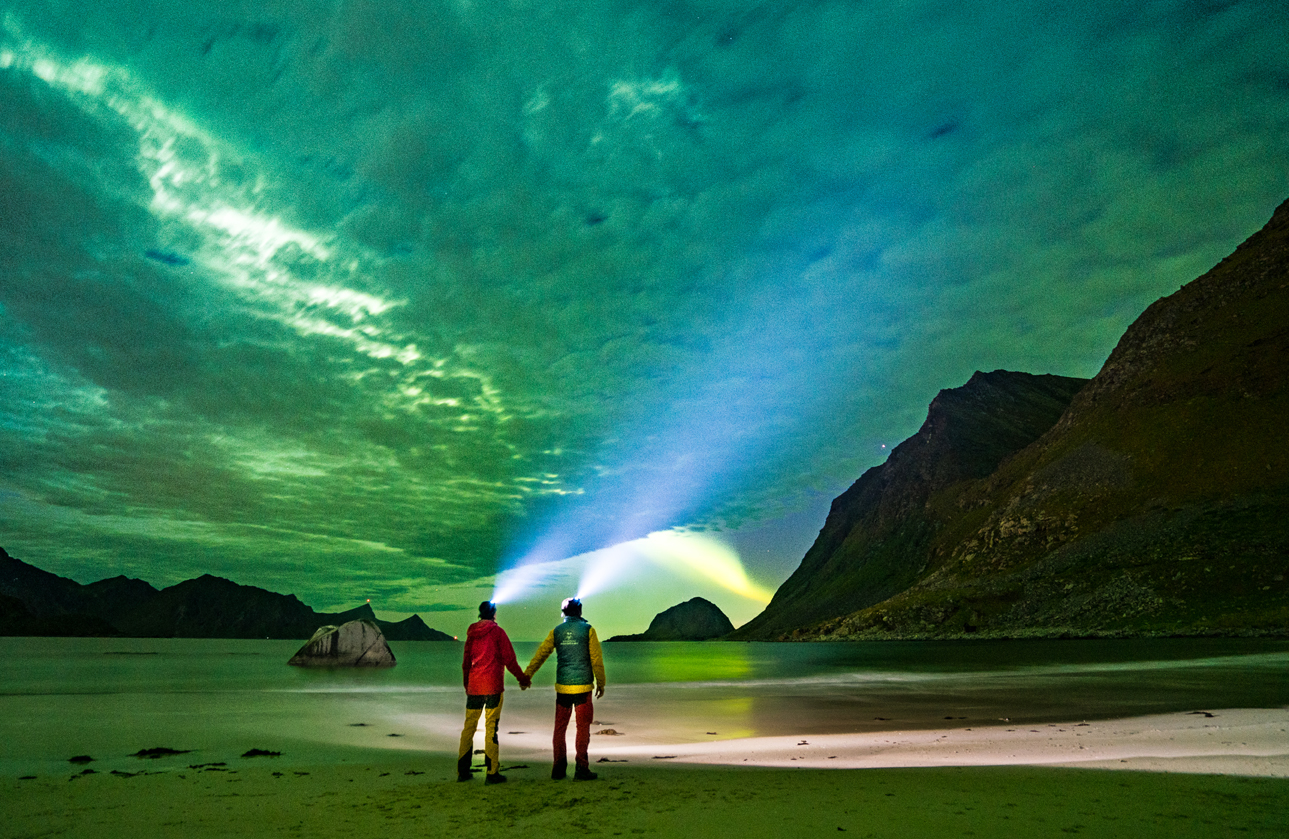
With the Vikings
N 68°14'48.0'' E 013°45'37.6''
Date: 20.07. 2019
Day: 14
Country: Norway
Location: Museum parking lot
Kilometers per day: 241 km
Total kilometers: 3322 km
As the crow flies: 113
Aver. Speed: 55 kmh
Travel time: 8 hrs.
Ground conditions: Asphalt
Maximum height: 400 m
Sunrise: 01:31 am
Sunset: No sunset
Temperature day max: 18°
Temperature day min: 15°
Night temperature: 11°
Departure: 10:00 am
Arrival time: 18:00
LINK TO THE ITINERARY
As the sun doesn’t set at this latitude at this time of year, I soon wake up. I leave the Terra with Ajachi and start my yoga class like every morning (a combination of back exercises and yoga). Today I am once again surrounded by a picture-book landscape that constantly reminds me why Norway has become such a popular travel destination in recent decades. A carpet of fleecy clouds stretches over the surrounding, partly overgrown mountains. Right next to me, the plateau where we spent the night falls away steeply and ends at a dark blue lake. A small waterfall nearby cascades its splashing water up to us. Birds chirp their songs in chorus. A fresh breeze creeps up the mountain flank towards us. “I think it’s going to rain soon,” I say to my dog, who watches my every push-up carefully. “At least 10 more,” he yells at me. ‘It’s all right, son,’ I reply, panting.
“What do you think? Should we visit Lofoten?” I ask Tanja once I’m back in the slightly heated Terra. “Will we still make it to the North Cape in time?” “Sure, we’re right on schedule,” I reply. “Well then, off to the islands,” she says. “Okay, if we want to catch the ferry, we should leave this beautiful place as soon as possible. We can have breakfast on the boat,” I urge us to hurry.
About 100 kilometers further on, our off-roader is the first vehicle to roll onto the ferry for 686 crowns (approx. €70). I pull the handbrake and close the tap on the gas tank as instructed. Then we climb the steps to the upper deck. As soon as the gas-powered ferry has cast off, a fresh wind blows towards us. Peaked, bare and rugged mountain ridges stretch out of a dark blue sea. The morning fleecy clouds are like the proverbial wolves in sheep’s clothing. Suddenly they have thickened, forming wreaths around the mountain flanks and looking increasingly threatening. As the first raindrops hit the deck, we move inside and watch the drastic change in the weather through the large glass windows.
Arriving on Lofoten, which translates as lynx foot, we are greeted by low-lying fog. If we thought the motorhome traffic on the mainland was sometimes hectic and dangerous, it is downright merciless here. Many of the vacationers obviously pay a visit to the islands. Despite the fog, some of them drive like mad. Not only once am I forced to get into the irons on narrow stretches of road and push our heavy vehicle as far to the right-hand side of the road as possible. It is astonishing, as you would think that every driver would want to bring their passenger and family home safely. With the necessary caution, we travel through an impressive world made up of 80 islands. The archipelago lies between the 67. and 68th latitude, approx. 100 to 300 kilometers north of the Arctic Circle in the Atlantic Ocean and is inhabited by only 24,000 people. The individual islands are connected by futuristic, absolutely fantastic bridge constructions and tunnels. “Unbelievable”, Tanja marvels as one of the bizarre yet graceful high bridges carries us across one of the fjords and straits. As soon as the architectural masterpiece is behind us, the two-lane road is reduced to one lane. A yawning hole swallows up the roadway. We descend in a tube, deeper and deeper, until we find ourselves under the sea. It drips from the rocky ceiling, the rough walls glisten in the low light. Suddenly it goes pitch black. The lighting seems to have failed in this part of the tunnel. “Now!” I shout. So that I don’t have to take my hands off the wheel, Tanja flips the switch for our additional LED front spotlights. A glistening beam of light displaces the darkness in front of us. “I hope no one comes towards us here,” says Tanja, her hand on the switch to turn off the additional spotlights immediately in the event of oncoming traffic. Then, as if haunted, the lights come on again. When the gallery-like tunnel, one of over 900 traffic tunnels in Norway, spits us out at its end, we are greeted by a gray wall of fog that creeps ghost-like over the fascinating mountain world.
“Phew,” I groan. “I won’t be able to do it any more soon,” I say, after we’ve been driving from island to island for 8 hours without a break worth mentioning. “I can’t believe you can’t find a free pitch here for the night,” I say. Sure, we could stay at one of the campsites, but why do we have a fully autonomous expedition vehicle? Just to spend the night on an ordinary camp site? That can’t be, my adventurous heart simply won’t allow it. “Look at that interesting building up there on the hill,” Tanja interrupts my thoughts. “Wow, that’s awesome. Let’s take a closer look,” I say and put the blinker on.
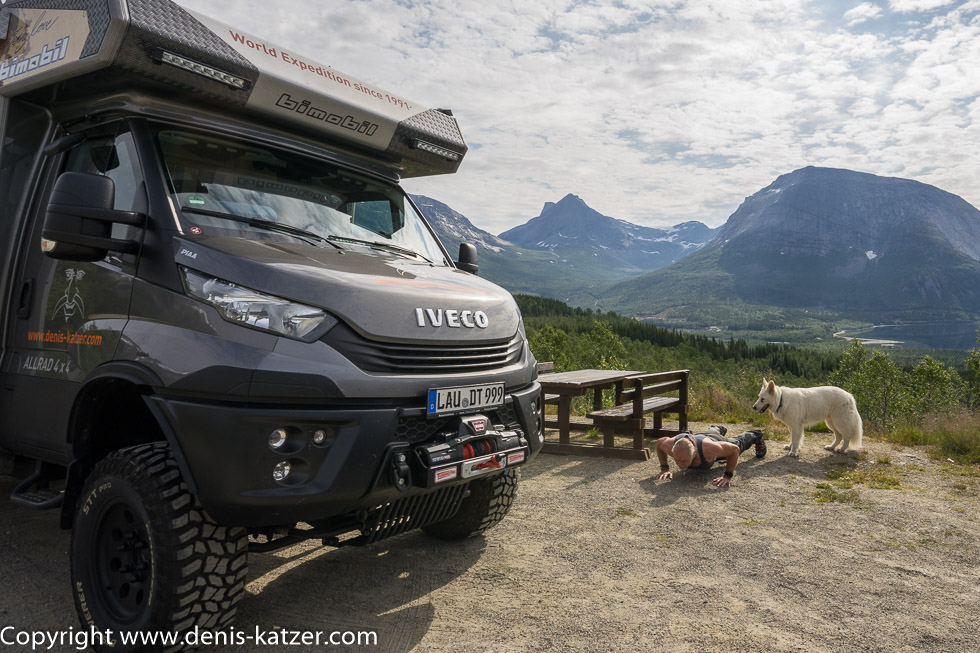

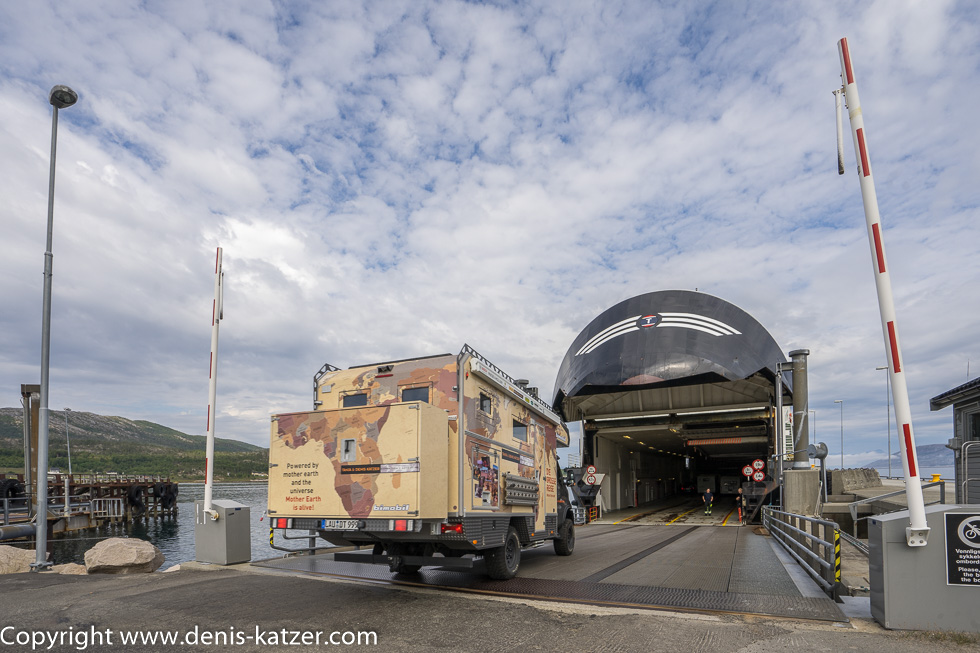
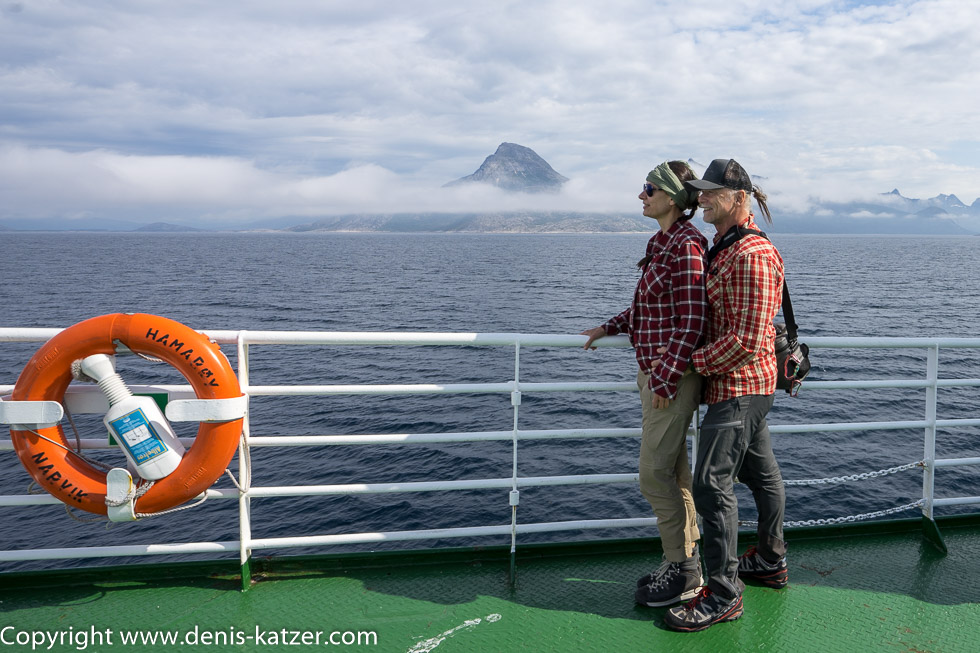
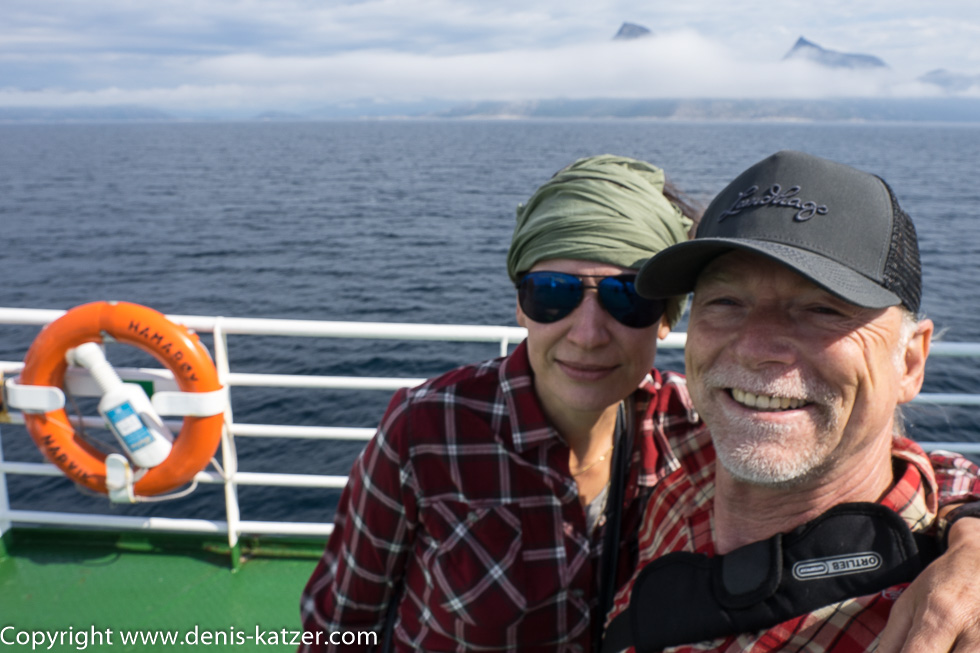
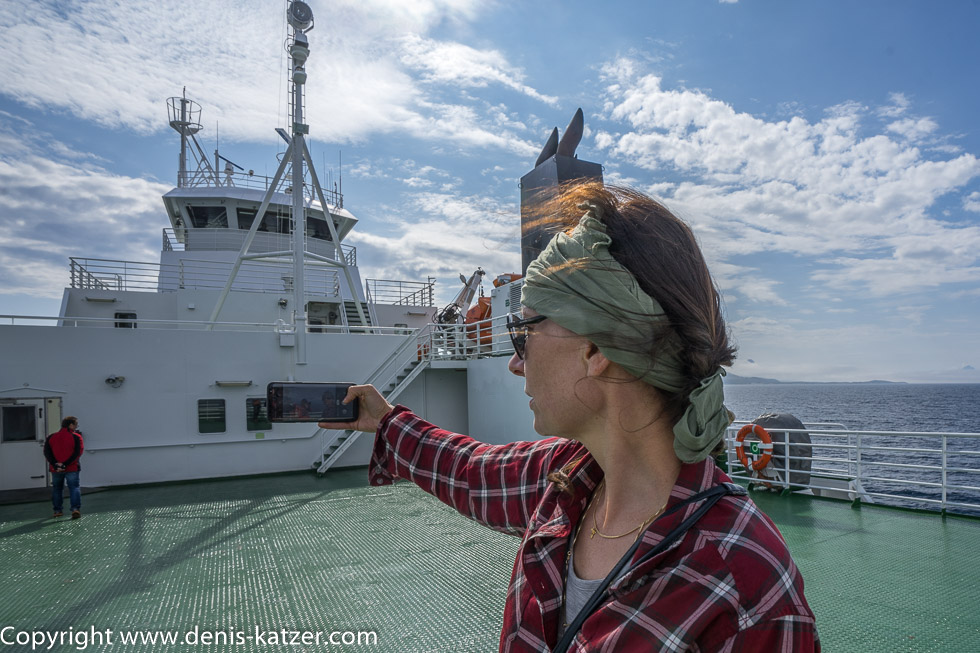

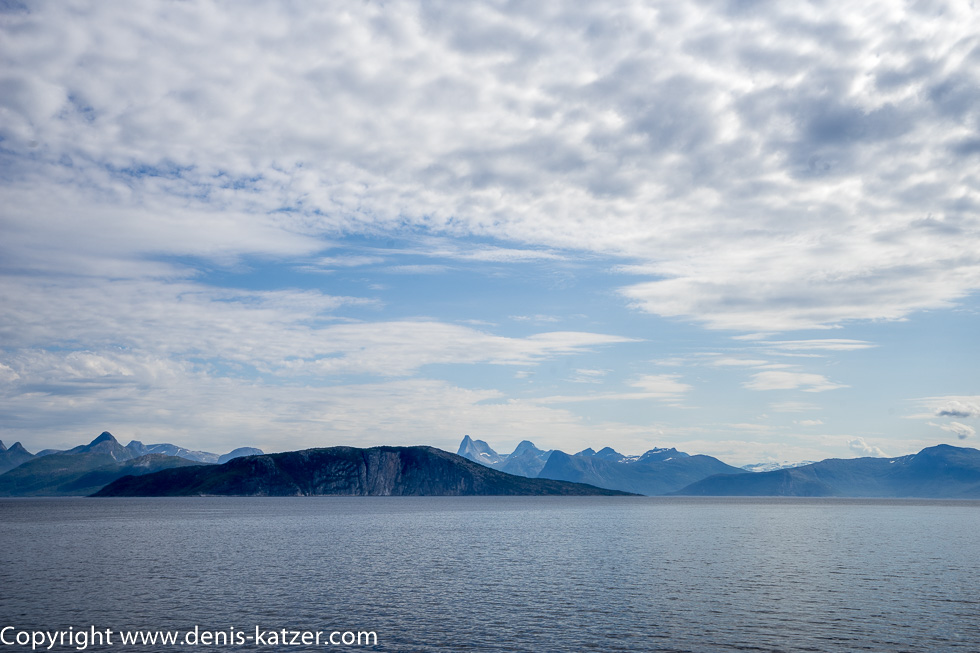
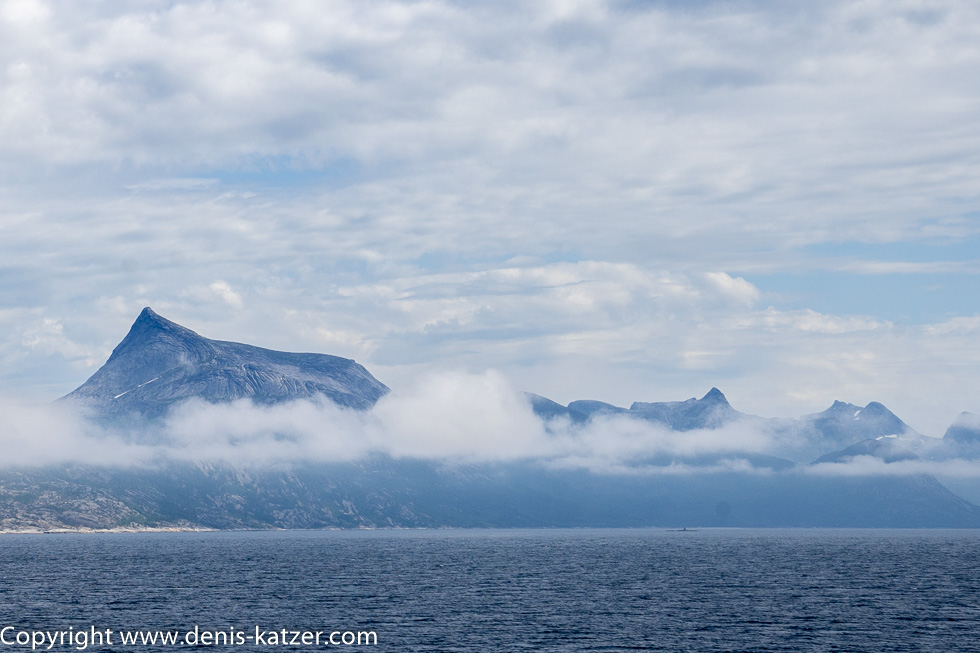
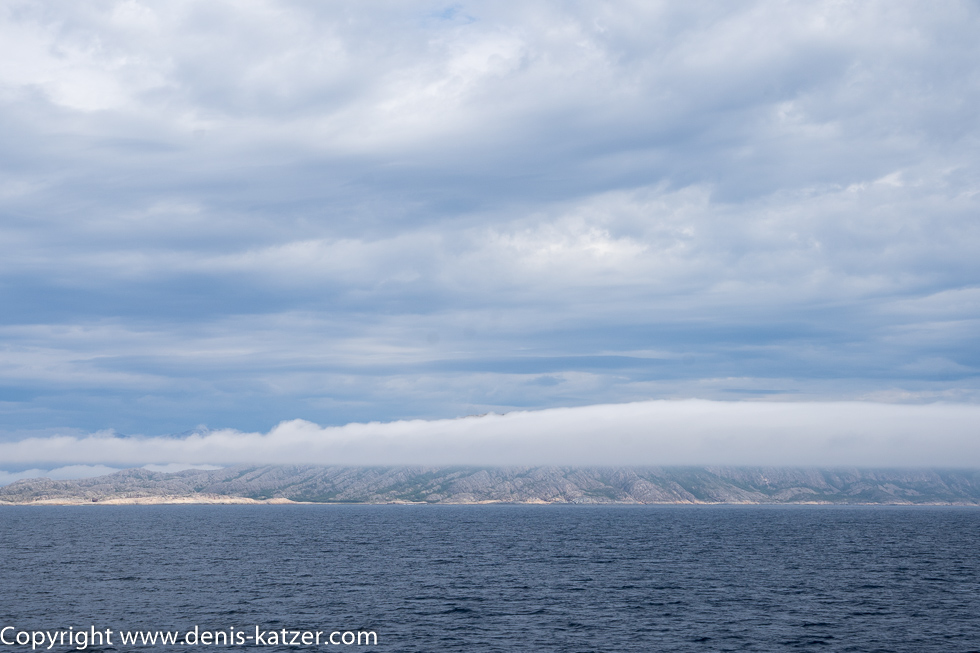
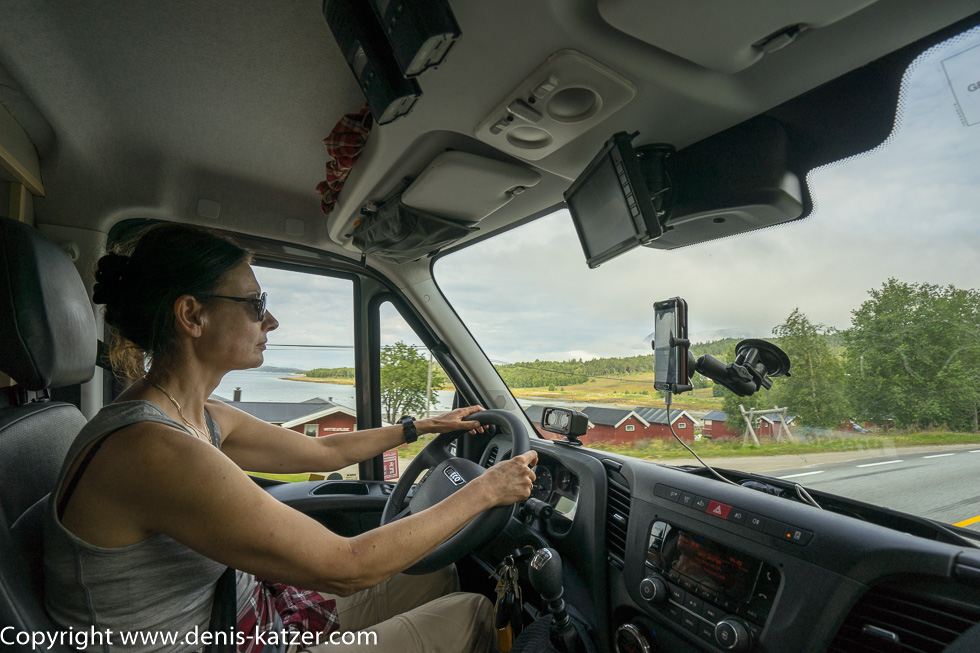
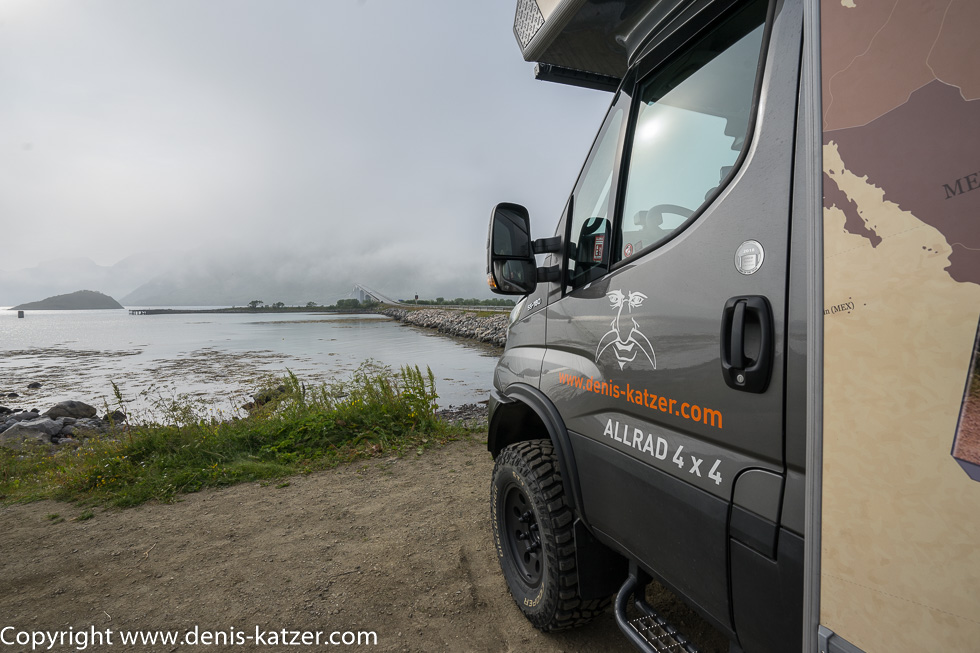
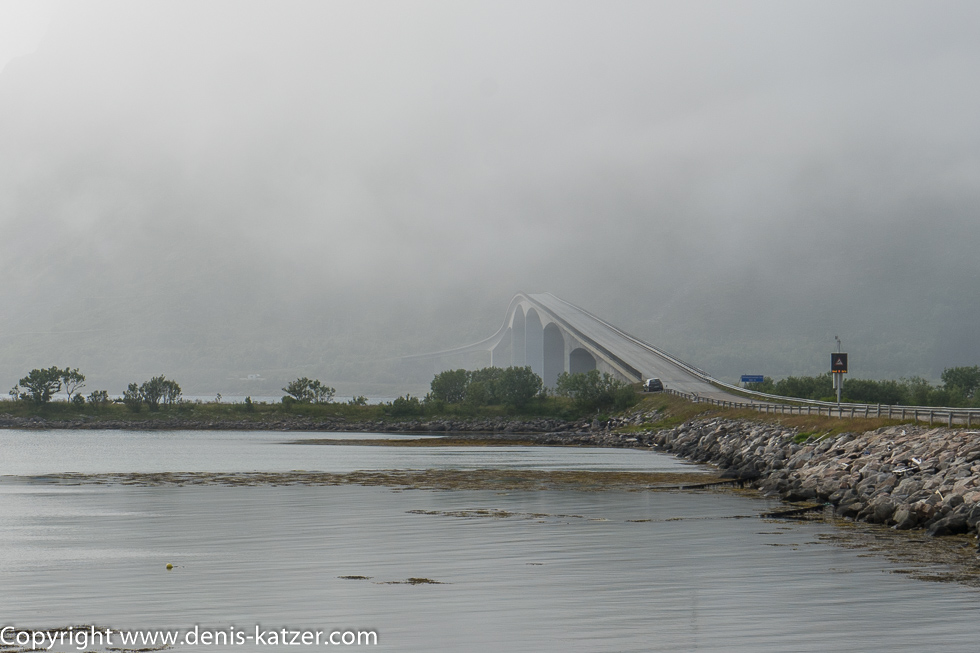
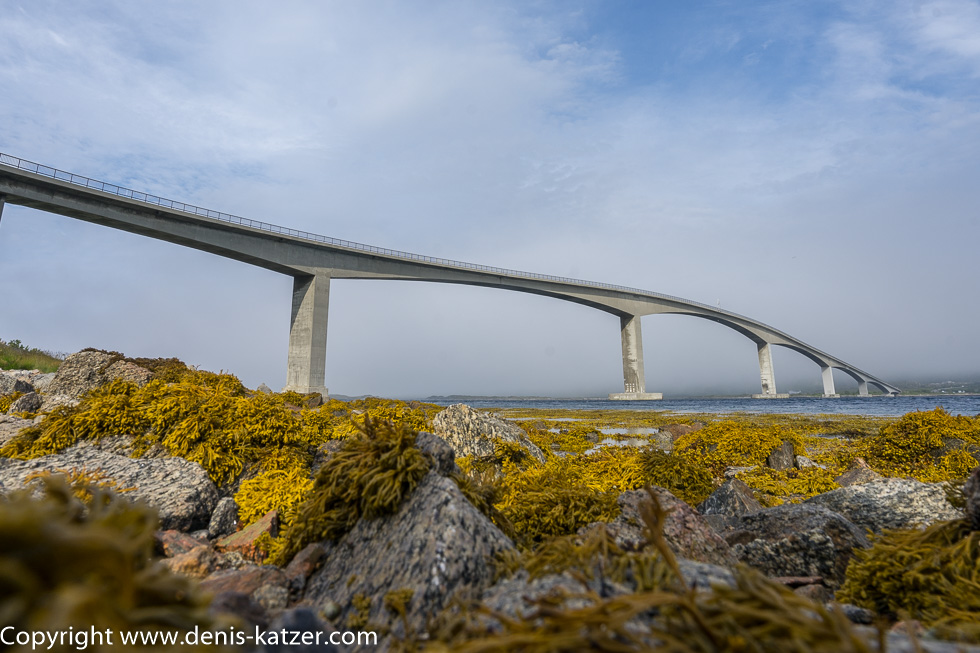
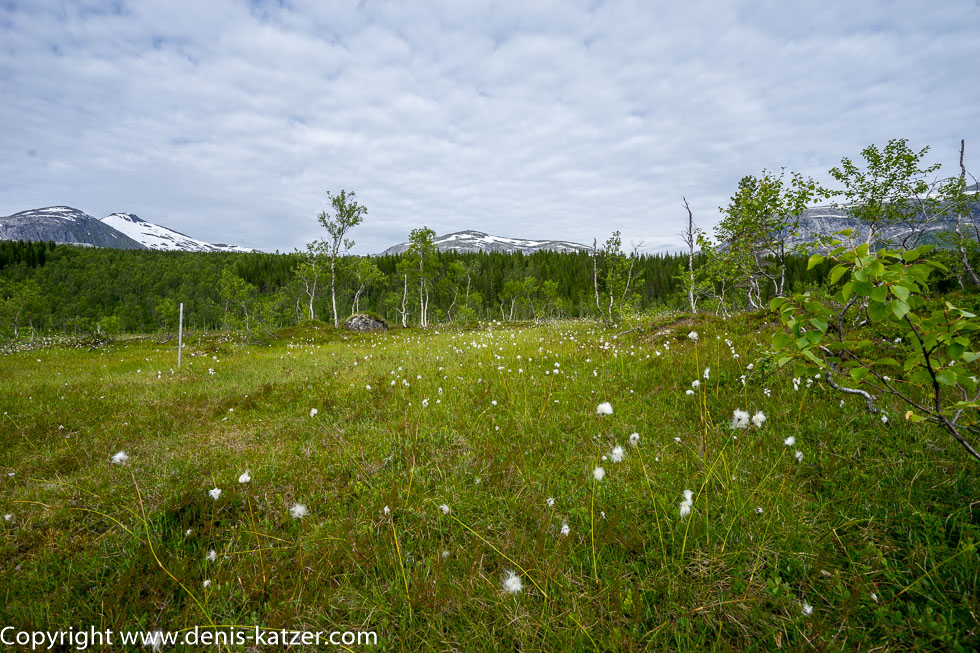
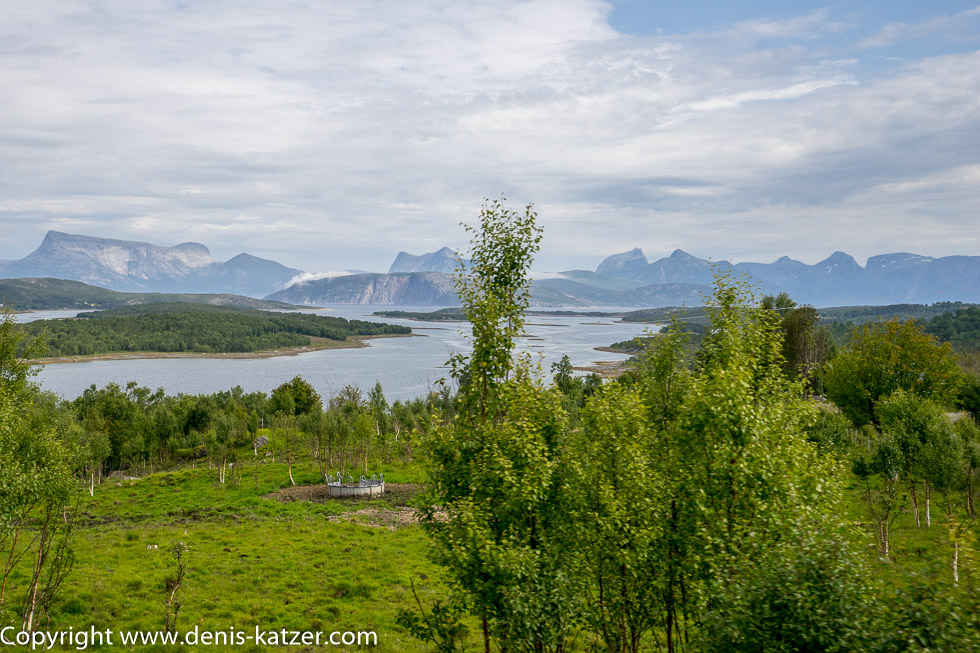
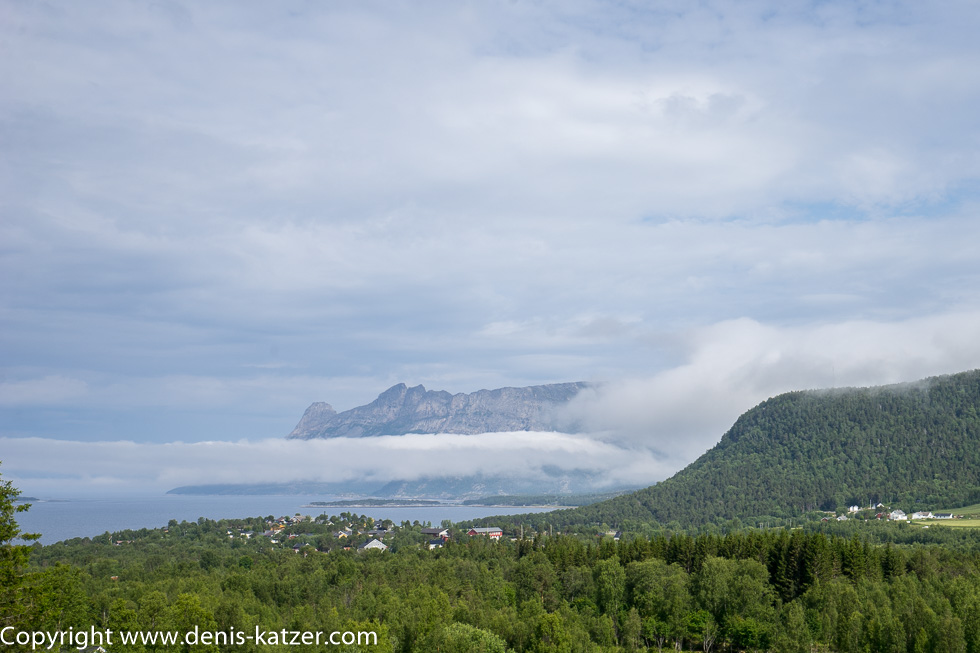
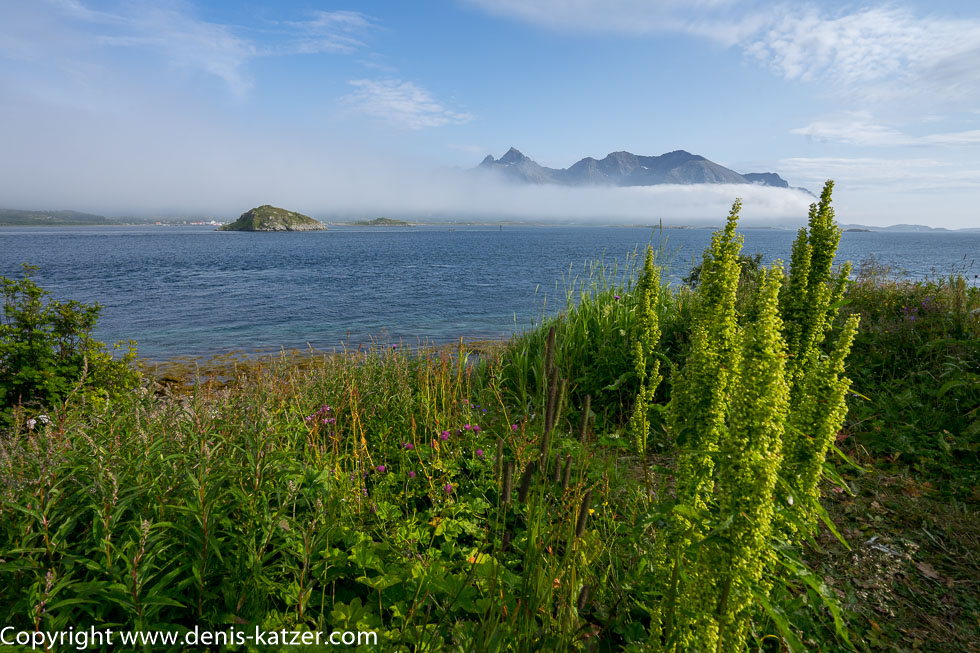
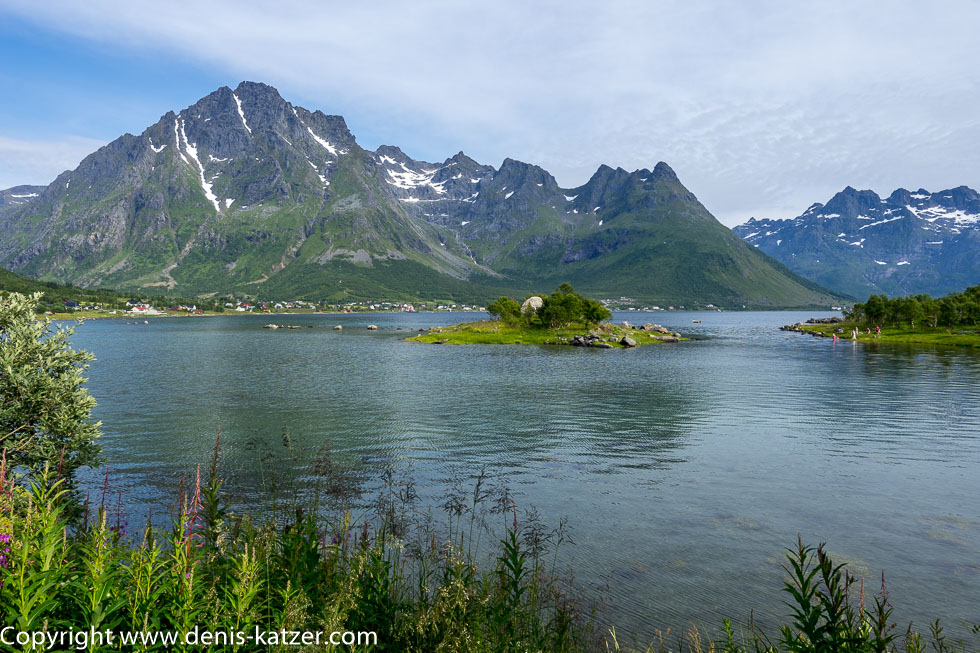
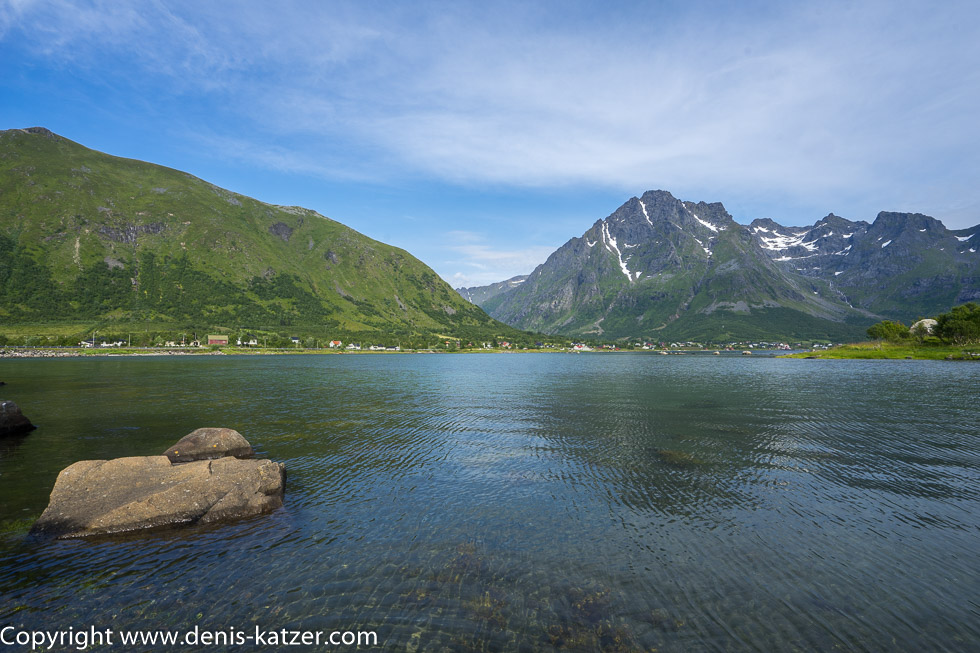
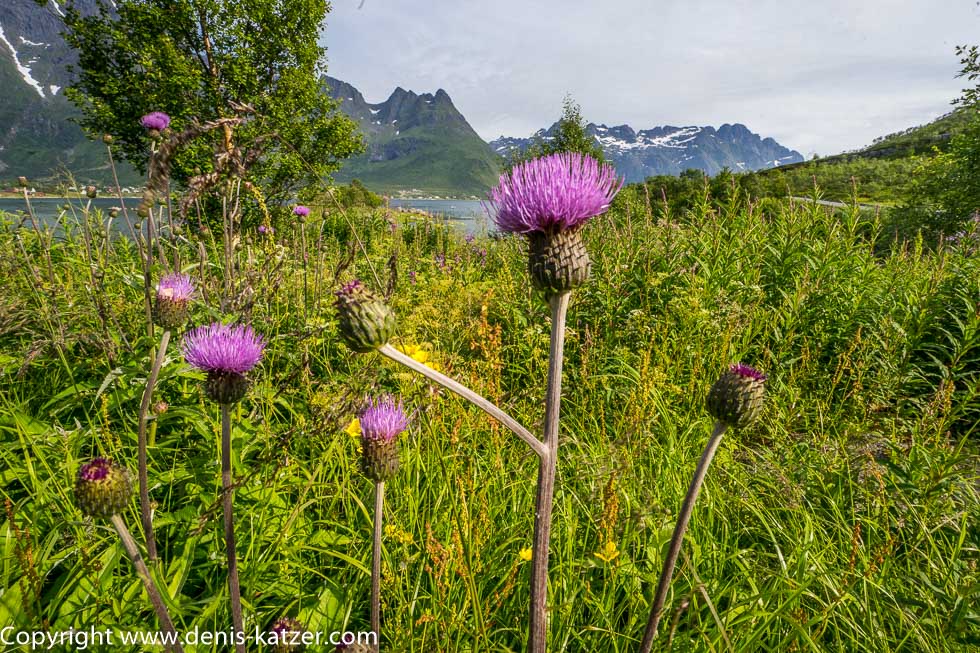

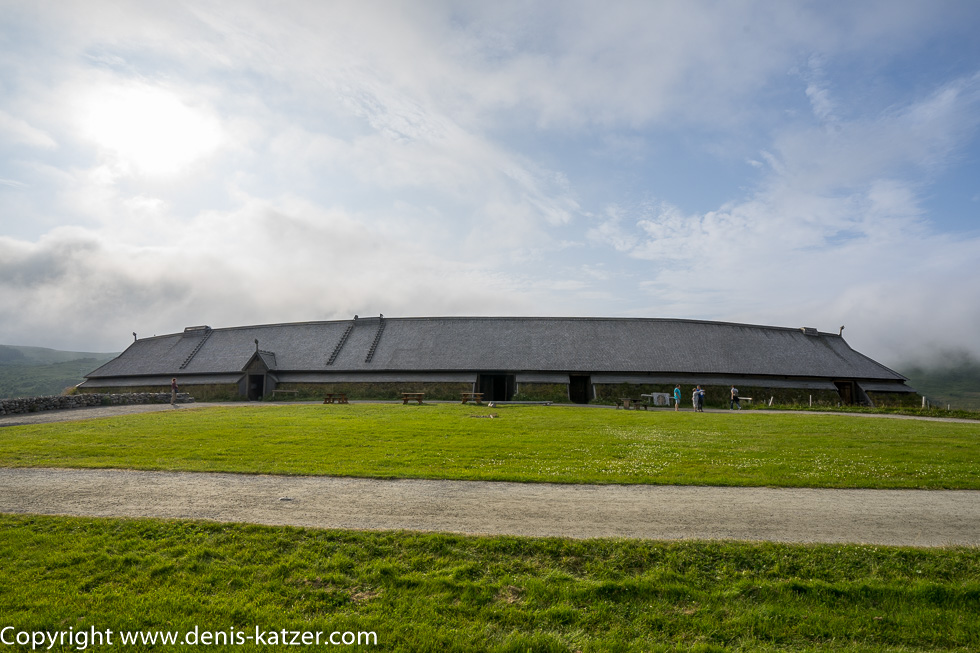
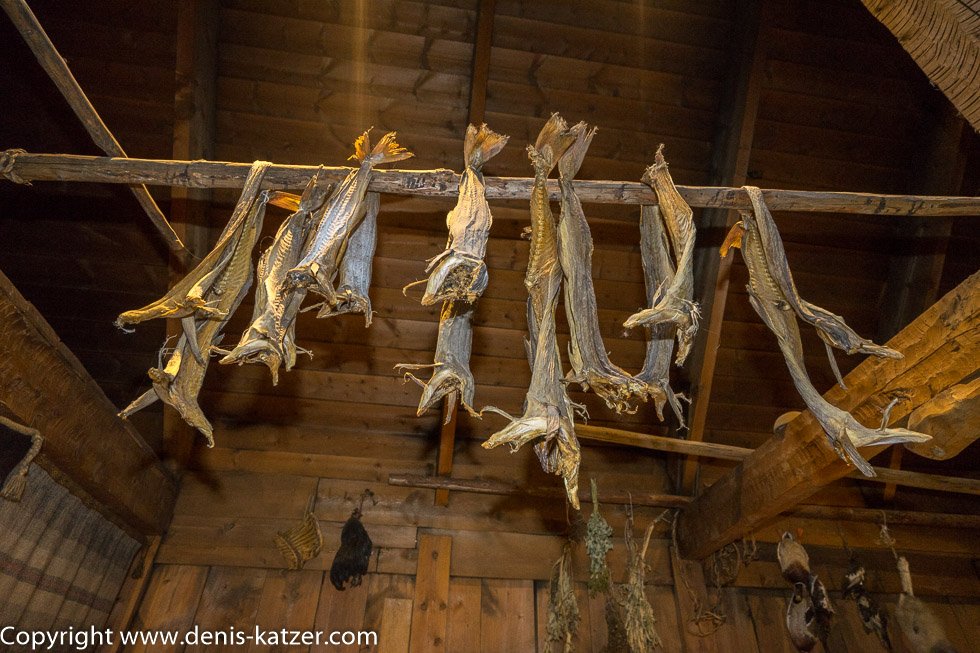
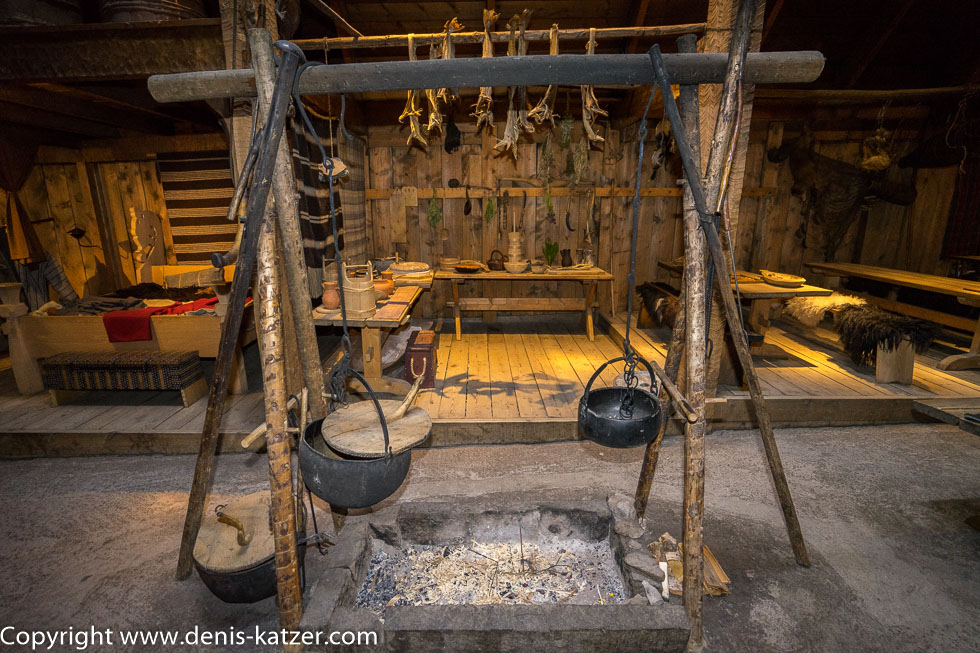
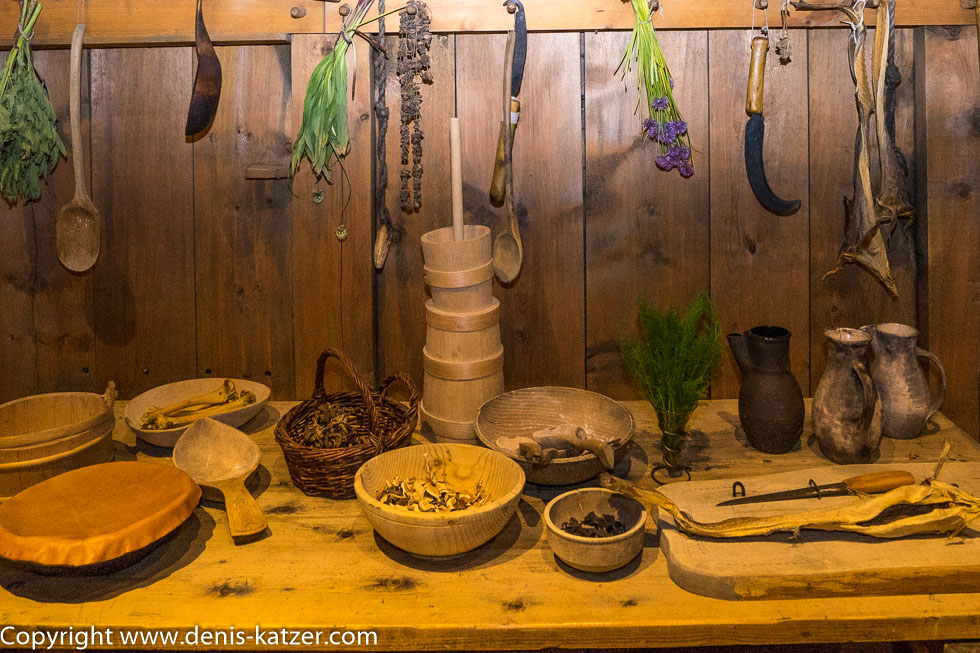
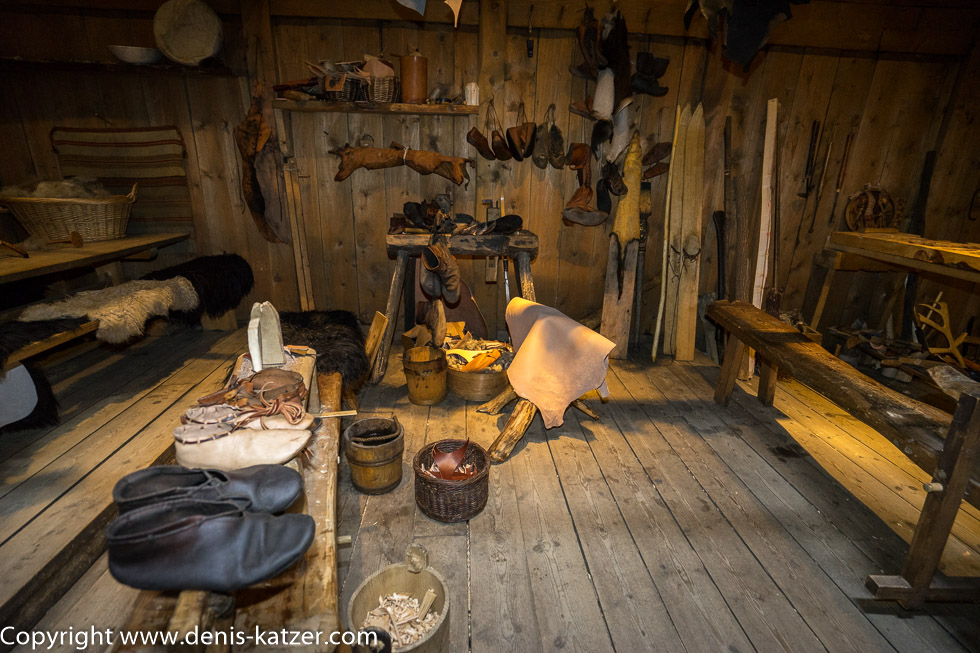
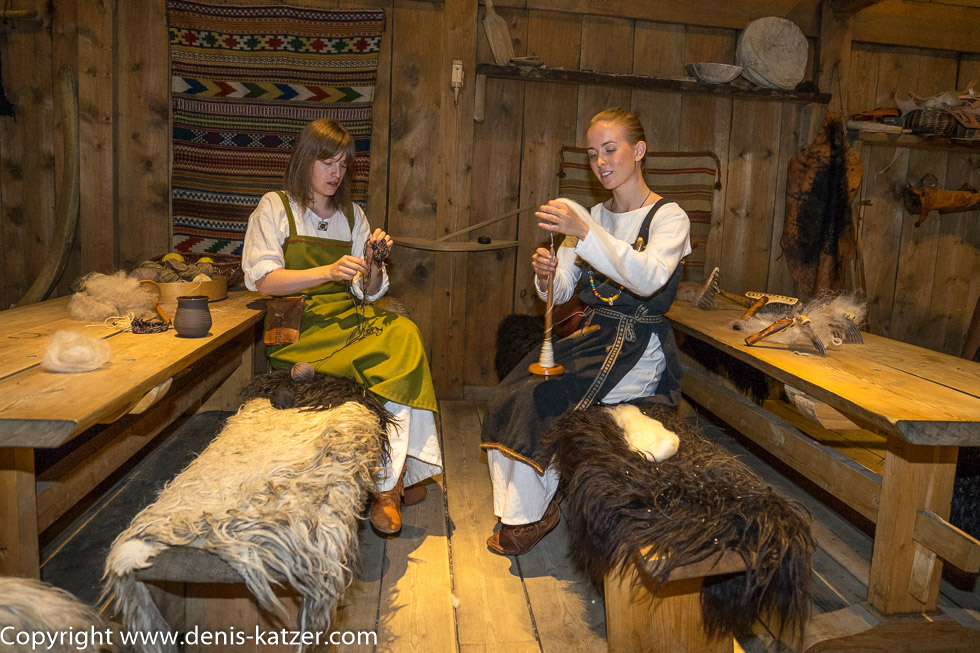
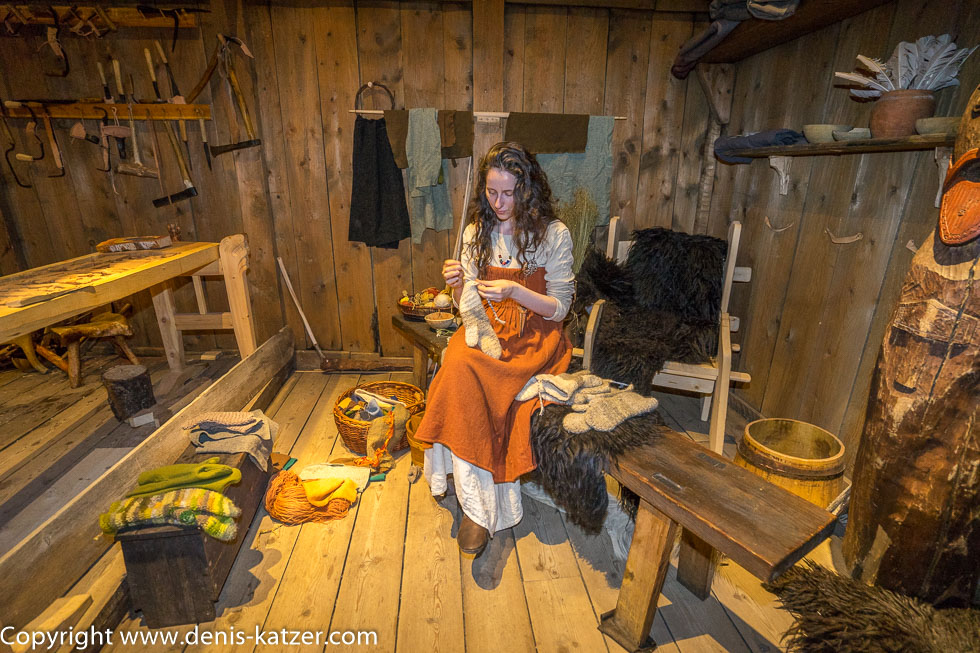
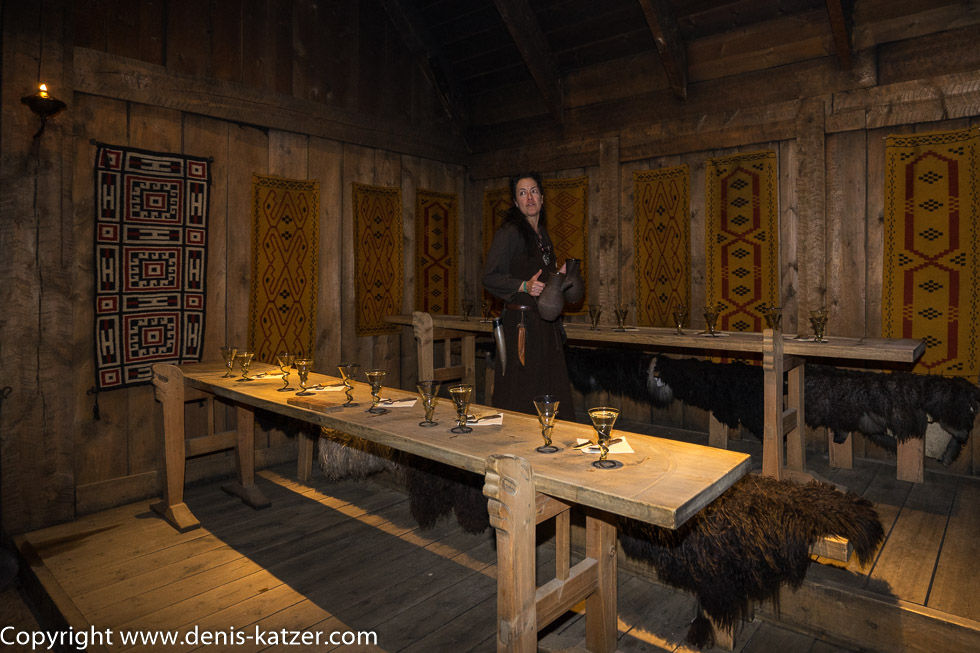
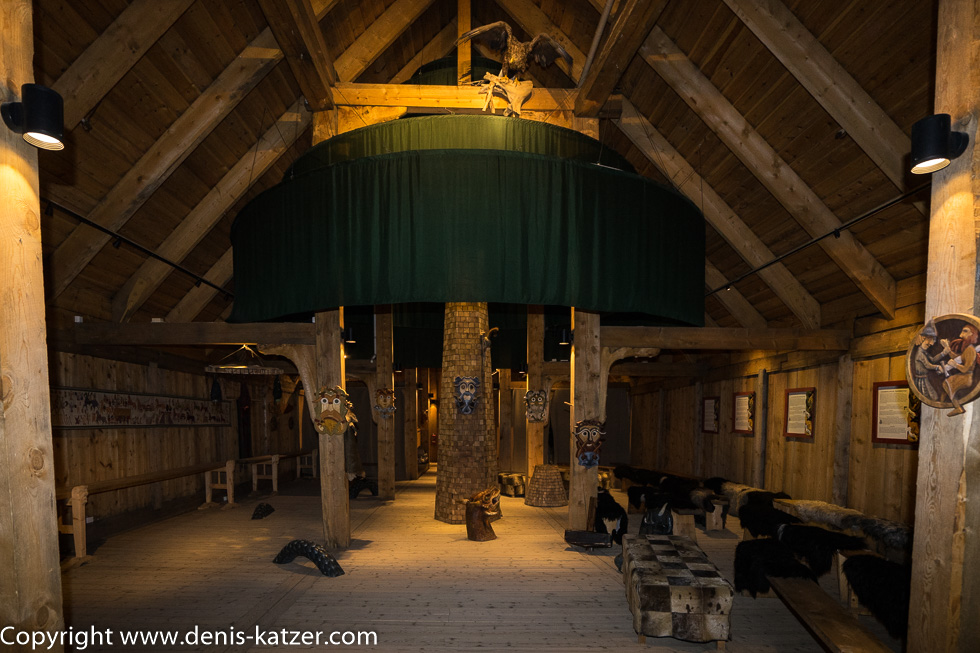

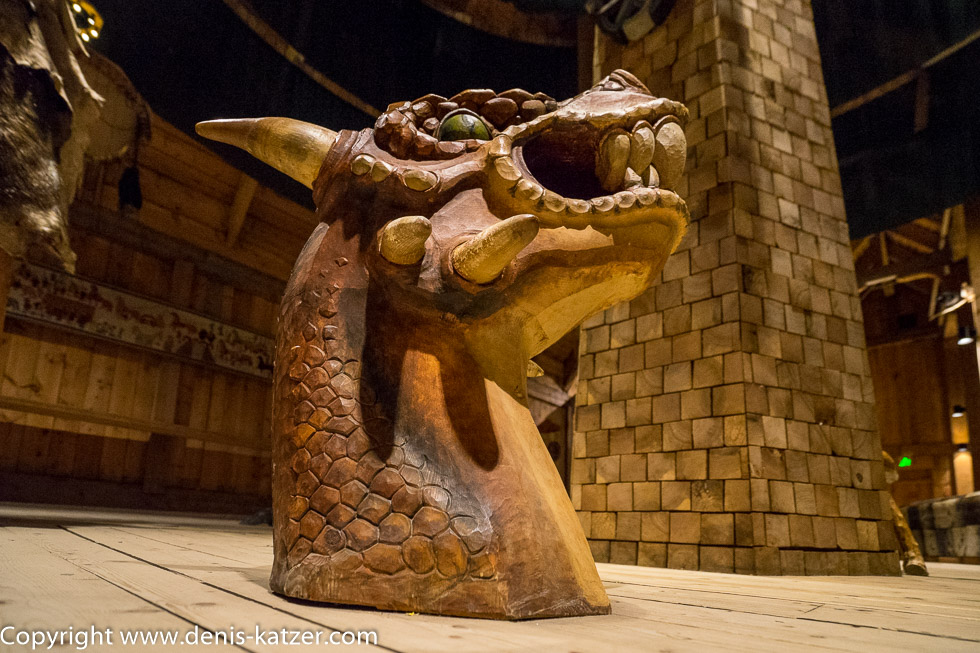
Completely unexpectedly, we find ourselves in the parking lot below a reconstructed Viking longhouse that was built in the 5. or 6th century was built. On an information board we read that it was 83 m long, between 7.50 and 9 m wide and half of it was used as stables. Our search for a pitch for the night took us to the famous Borg archaeological site on the island of Vestvågøy. A settlement was excavated here in the 1980s that existed from the 2nd century AD until the greatplague in the 15th century. Investigations of fireplaces have shown human presence since the turn of the millennium. In theViking Age (793-1066 AD) there were at least 115 farms with 1,800 inhabitants. “We have to see this,” I say enthusiastically, park our Terra Love in a secluded part of the visitor parking lot and trudge up the hill to the Viking Museum. “You still have an hour until we close,” says the girl at the till. We hurriedly enter the reconstructed longhouse of the once mighty chief who lived here with his wife and clan. As soon as we enter the longhouse, also known as the hall, we find ourselves in the world of the Vikings, who became famous for their raids close to the shore in search of fame, fortune and adventure. “I think we should spend the night down there in the parking lot and come back tomorrow morning,” I suggest, as we could only see a fraction of the historic site. “Good idea,” says Tanja, whereupon we leave the longhouse to spend another evening in our mobile home…

